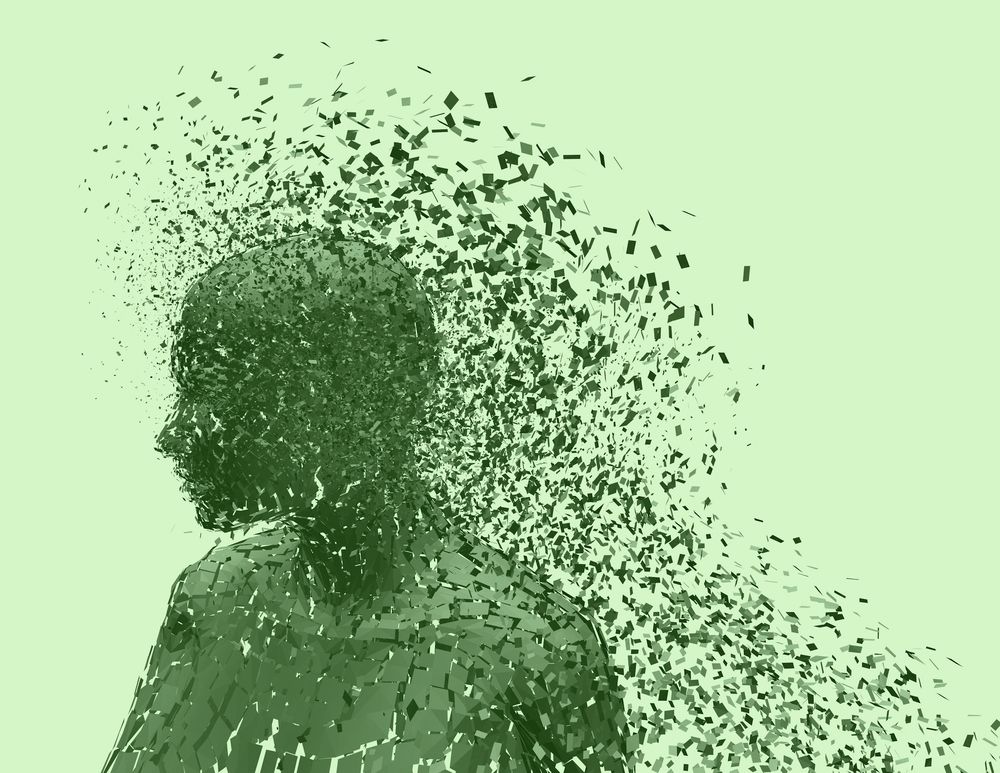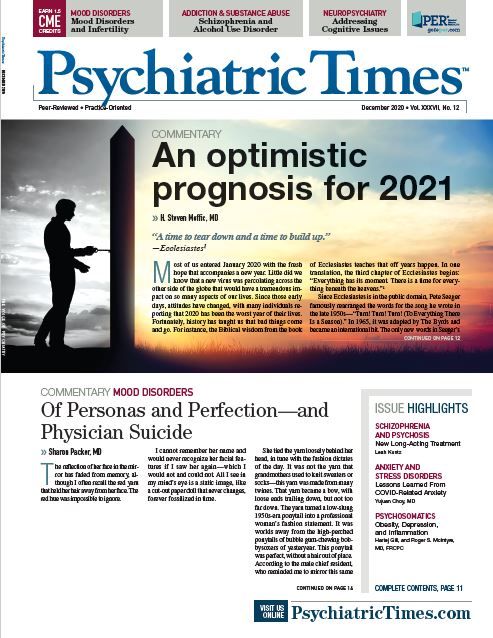Publication
Article
Psychiatric Times
Schizophrenia in the News
Author(s):
Findings bring us closer to understanding schizophrenia that may enable clinicians to target symptoms.
IllustrationForest/Shutterstock

NEWS BRIEFS
Six-Month LAI for Schizophrenia in the Works
Janssen Pharmaceutical Companies of Johnson & Johnson announced their supplemental New Drug Application (sNDA) submission for paliperidone palmitate 6-month (PP6M). If approved, PP6M will be the first and only long-acting injectable (LAI) medication for schizophrenia with a biannual dosing regimen.
Janssen’s submission to the US Food and Drug Administration (FDA) is based on the Route 6 Study, a randomized, double-blind, Phase III global study with 702 adult participants from 20 countries who were diagnosed with schizophrenia. Data showed PP6M’s efficacy in comparison to paliperidone palmitate 3-month (PP3M) in 2 analysis sets, intent-to-treat and per-protocol, for relapse times at the end of the 12-month period. The observed safety profile was consistent with previous studies.
“Antipsychotic medication plays an important role in schizophrenia symptom control; however, nonadherence to prescribed medicines has been recognized as a problem worldwide,” Mathai Mammen, MD, PhD, Global Head of Janssen Research & Development, LLC, told press. “Addressing this challenging aspect of treatment has been the catalyst for our research and development of long-acting injectable medications for people living with schizophrenia.”1
PP6M is intended to be used only after patients are stabilized using another short-acting paliperidone palmitate. The overall goal is to administer fewer injections to patients.
The Neurobiological Mechanism for Hallucinations and Delusions
A new study from researchers at Columbia University Vagelos College of Physicians and Surgeons may have discovered a link between hallucinations/delusions and psychosis, thereby explaining their clinical presentation.2
Researchers collected data from 127 patients diagnosed with schizophrenia from online databases. Kenneth Wengler, PhD, a postdoctoral research fellow at Columbia, and colleagues discovered that neural timelines in the lower levels of the hierarchal model of psychosis tended to be longer for patients with severe hallucinations, whereas neural timescales in the higher levels of the hierarchal model of psychosis tended to be longer for patients with severe delusions. This discovery is the first piece of direct evidence of a potential neurobiological mechanism for hallucinations and delusions.
Using functional magnetic resonance imaging, researchers measured intrinsic neural timescales in the brain to determine whether the mechanisms of hallucinations and delusions function within the hierarchical model. By examining specific regions of the brain, the research team could evaluate whether neural timelines reflected how long information took to integrate.
“Our findings open the door for the development of treatments to target specific symptoms of psychosis depending on an individual subject’s symptom profile, in line with the current push for individualized medicine,” Guillermo Horga, MD, PhD, Florence Irving Associate Professor of Psychiatry, said in a press statement.3
References
1. Janssen Submits Paliperidone Palmitate 6-Month (PP6M) Supplemental New Drug Application to US FDA for Treatment of Schizophrenia in Adults. Johnson & Johnson. News release. November 2, 2020. Accessed November 12, 2020. http://johnsonandjohnson.gcs-web.com/news-releases/news-release-details/janssen-submits-paliperidone-palmitate-6-month-pp6m-supplemental
2. Wengler K, Goldberg AT, Chahine G, Horga G. Distinct hierarchical alterations of intrinsic neural timescales account for different manifestations of psychosis. eLife. October 27, 2020. Accessed November 12, 2020. https://elifesciences.org/articles/56151
3. Columbia University Irving Medical Center. Study finds evidence of neurobiological mechanism for hallucinations and delusions. News release. Medical Xpress. November 9, 2020. Accessed November 12, 2020. https://medicalxpress.com/news/2020-11-evidence-neurobiological-mechanism-hallucinations-delusions.html ❒







